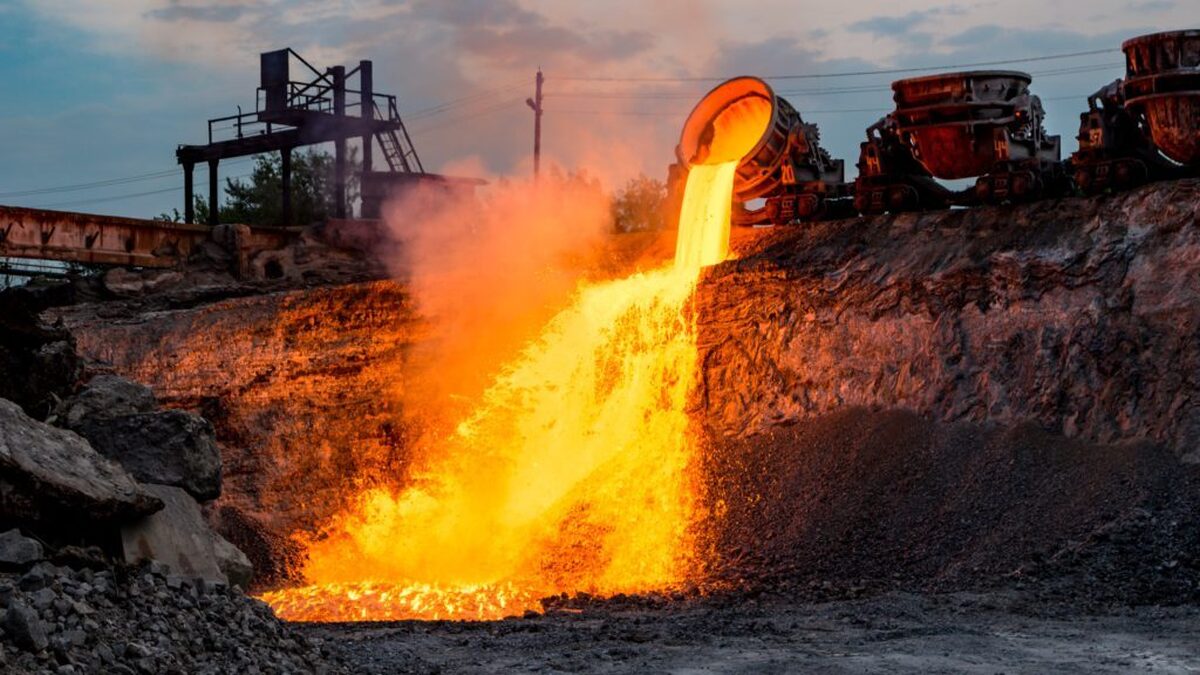
Viewpoint: US indium oversupply to persist
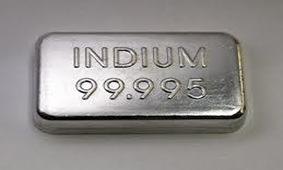
The US market has been oversupplied throughout 2019, leading to a decline in indium prices from $250/kg at the beginning of the year to $160/kg to start December. The market has been mostly flat over the last three months as steady demand has helped to prevent further declines. Participants are awaiting the Yunnan provincial government auction of the metal, in which case some of that supply may find its way into the US market. The auction was set for 29 December.
China's Yunnan province government holds 3,575t of indium stocks — roughly 21 years of US consumption and five to six times annual global production — once held by the bankrupt Fanya metal exchange.
The US does not mine indium and does not have a primary indium metal smelter, so it is heavily reliant on imports, mostly of Chinese and Canadian origin, according to the US Geological Survey (USGS). The US imported and consumed an estimated 170t of indium in 2018, according to the USGS.
The US does recover indium from secondary scrap and recycle it, but an exact volume is unknown and most likely quite small, one participant said.
US participants expect the indium metal from any potential auction will likely remain in China, but sentiment has remained bearish for 2020 due to the threat of Fanya stocks weighing on Chinese prices and finding their way into an already oversaturated US market.
Chinese indium prices have fallen by around 20pc to $143.50/kg since early April. If prices in China decline further, US prices would likely follow, sources said.
In addition to the oversupply, downstream indium tin oxide (ITO) demand has slowed recently, while demand in other downstream sectors has been steady. Demand for ITO, which is used to manufacture flat screens for televisions and cell phones, is the largest sector for indium. The US also consumes indium for semiconductors and solar alloys.
By Jeremy Rakes

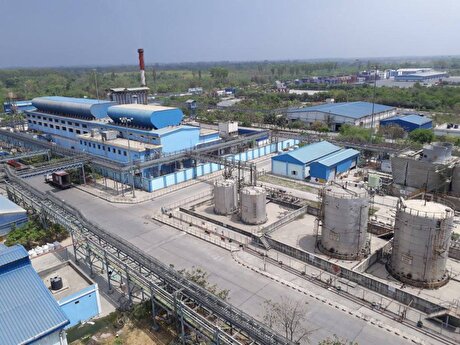
Hindustan Zinc to invest $438 million to build reprocessing plant

Gold price edges up as market awaits Fed minutes, Powell speech

Glencore trader who led ill-fated battery recycling push to exit
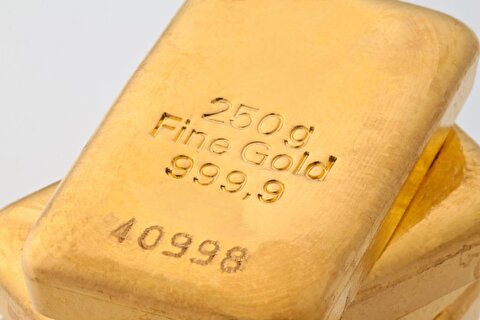
UBS lifts 2026 gold forecasts on US macro risks

Roshel, Swebor partner to produce ballistic-grade steel in Canada
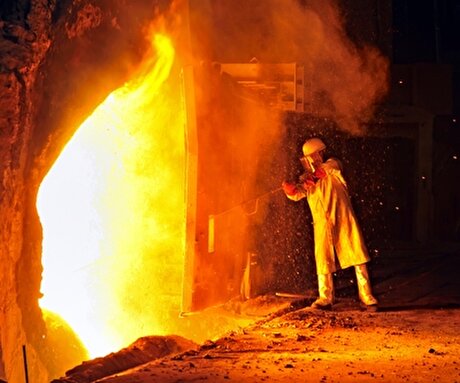
Iron ore price dips on China blast furnace cuts, US trade restrictions

Emirates Global Aluminium unit to exit Guinea after mine seized

South Africa mining lobby gives draft law feedback with concerns

EverMetal launches US-based critical metals recycling platform

Barrick’s Reko Diq in line for $410M ADB backing

Gold price gains 1% as Powell gives dovish signal

Electra converts debt, launches $30M raise to jumpstart stalled cobalt refinery

Gold boom drives rising costs for Aussie producers
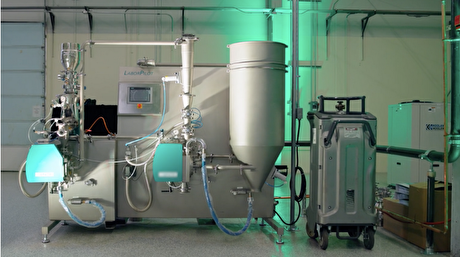
Vulcan Elements enters US rare earth magnet manufacturing race

Trump raises stakes over Resolution Copper project with BHP, Rio Tinto CEOs at White House
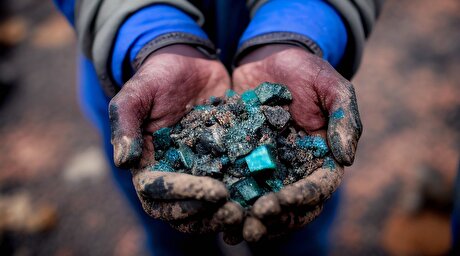
US seeks to stockpile cobalt for first time in decades

Trump weighs using $2 billion in CHIPS Act funding for critical minerals

Nevada army depot to serve as base for first US strategic minerals stockpile

Emirates Global Aluminium unit to exit Guinea after mine seized

Barrick’s Reko Diq in line for $410M ADB backing

Gold price gains 1% as Powell gives dovish signal

Electra converts debt, launches $30M raise to jumpstart stalled cobalt refinery

Gold boom drives rising costs for Aussie producers

Vulcan Elements enters US rare earth magnet manufacturing race

US seeks to stockpile cobalt for first time in decades

Trump weighs using $2 billion in CHIPS Act funding for critical minerals

Nevada army depot to serve as base for first US strategic minerals stockpile

Tailings could meet much of US critical mineral demand – study

